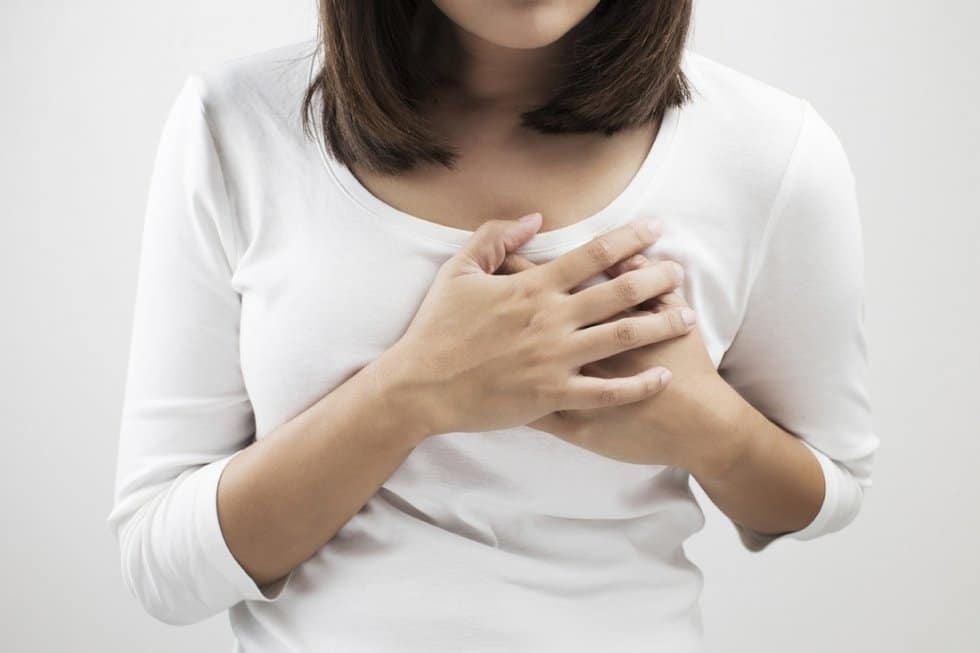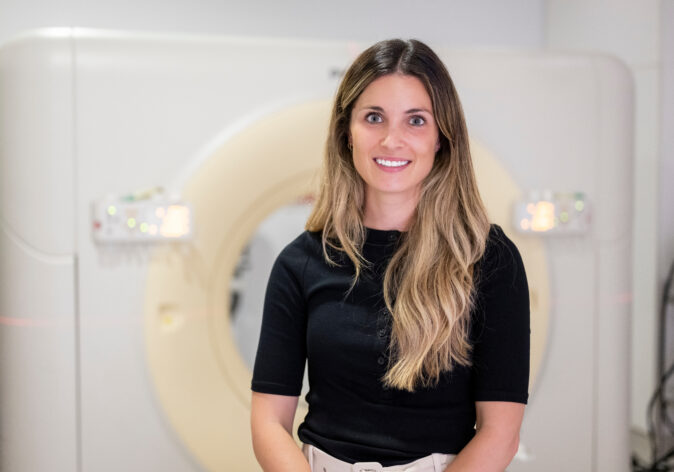What Are Dense Breasts & How Do I Know If I Have Them?
Do you know if your breasts are dense?
Dense breasts are more common in young woman and women with dense breasts can be five times more likely to develop breast cancer.
However, it is not something that is commonly discussed between doctor and patient.
Rik Thompson is the Associate Director and a Professor of Breast Cancer Research at the Institute of Health and Biomedical Innovation and School of Biomedical Science at Queensland’s University of Technology. He is also a Breast Cancer Trials Board Member.
A research focus for Professor Thompson is mammographic density or dense breasts.
What Is Mammographic Density?
“Mammographic density is the whiteness on your mammogram” said Professor Thompson.
“Without having a cancer in it, the normal breast mammogram can either be quite dark or will have different amounts of whiteness in it and it’s the whiteness which is the mammographic density.”
Professor Thompson said its not possible to know if you have dense breasts by feel or touch alone.
“It’s not dense to touch, it’s not a lump, it’s not firm but it blocks x-rays.”
Listen to the podcast
Dense breasts are more common in young woman and women with dense breasts can be five times more likely to develop breast cancer.
Research Into Mammographic Density (Dense Breasts)
Research into mammographic density is incredibly important as your risk of breast cancer is higher if you have dense breasts, but researchers are not yet sure why.
“It’s linked with oestrogen action which is known to be a promoter for breast cancer” said Professor Thompson.
“It’s got some genetic links. So, some of the genes which are linked to mammographic density are the same as those that have an effect on breast cancer predisposition and risk, but a lot of them are not.”
“We’re trying to find out at a molecular level why are the cells in those dense regions, or in denser breasts, are more likely to end up becoming a breast cancer.”
How Common Are Dense Breasts?
Around 45% of women have dense breasts according to Professor Thompson. However, as Australia does not have a notification process surrounding mammographic density, many woman are unaware of it.
“It’s something that’s being hotly debated and investigated and considered in Australia.”
“There’s quite a number of approaches and workshops and special initiatives to try and understand how best to deal with this information, how to accommodate it, how to afford it, how to pass it on in a meaningful way.”
What Do I Do If I Have Dense Breasts?
If women are concerned about mammographic density, they could take a look at their mammogram and discuss mammographic density with their GP said Professor Thompson.
“I think most women could look at the literature and look at the websites around mammographic density and have a look at their mammogram and they could get a pretty good picture as to whether they’re dense or not.”
“It’s certainly something that I think increasingly women could discuss with their GP.”
If you are aware of your mammographic density, Professor Thompson stresses that you should still get regular screening.
“I think the most important thing even if mammograms don’t work as well in dense breasts because it can mask it, mammography is still the best way to find breast cancers, even in the densest scenario.”
“Women shouldn’t ever think ‘I won’t get a mammogram anymore, it doesn’t help me, my breasts are too dense’. You can still find breast cancers and it’s very clear from all the professional groups that it’s paramount.”
He also said that having dense breasts is no cause for alarm.
“Mammographic Density is only one of a number of risk factors for breast cancer.”
“You could have the densest breasts in the world but if you had no other risk factors, you’re probably still fine.”
“So, you’ve got to look at your family history, you’ve got to look at your age, your BMI, and all of those factors that are well established and so, it’s really a composite assessment of risk that probably should be what’s used to think about what to do next.”
If you would like to learn more about mammographic density, you can visit www.informd.org.au
Support Us
Help us to change lives through breast cancer clinical trials research




